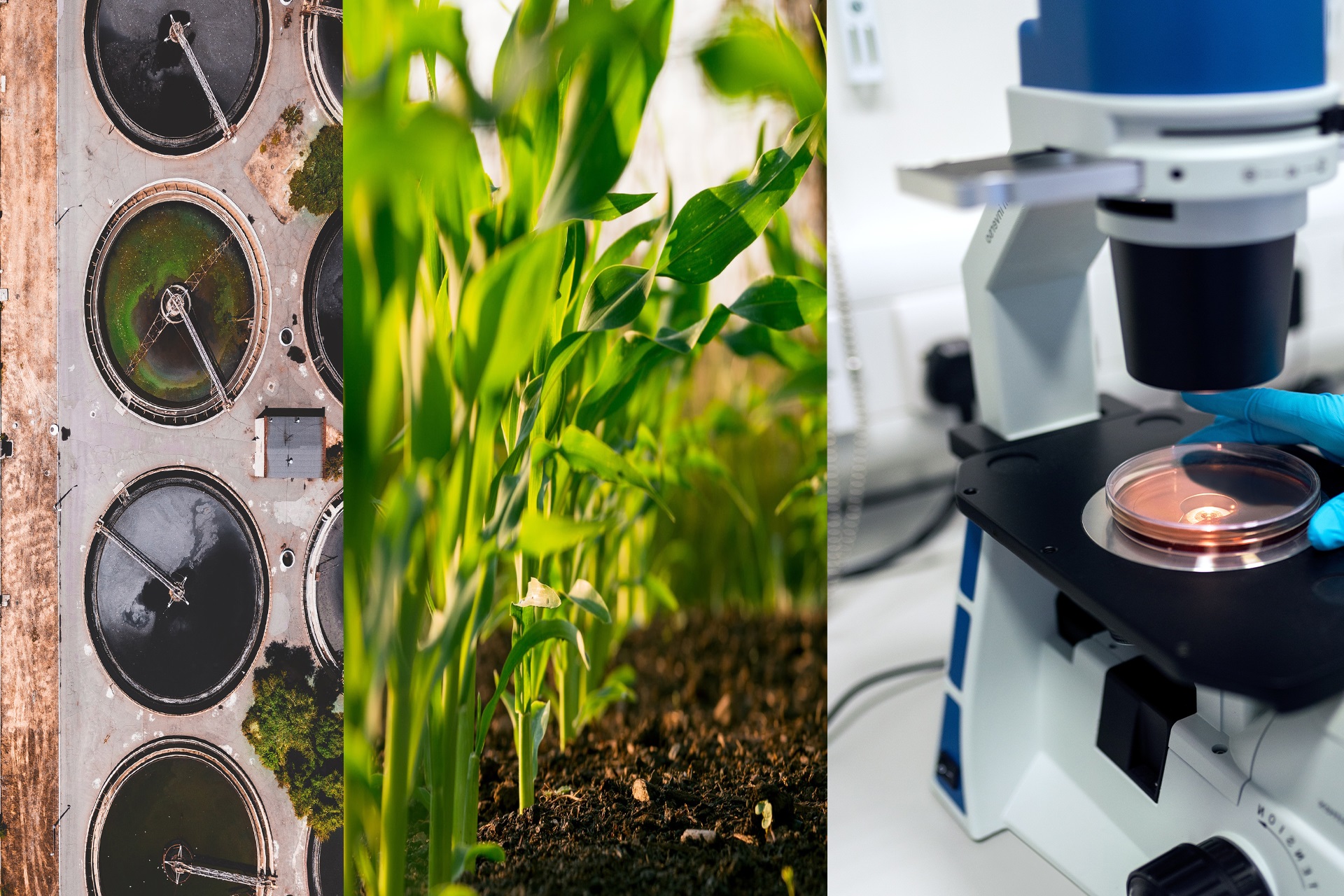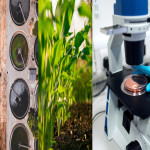
Improvements in water sanitation and hygiene (WASH) and wastewater management in all sectors are critical elements of preventing infections and reducing the spread of antimicrobial resistance. At present, WASH and wastewater management actors and improvement actions are under-represented in AMR multi-stakeholder platforms. Growing up in a clean and safe environment is every child’s right.
Access to clean water, basic toilets, and good hygiene practices not only keeps children thriving but also gives them a healthier start in life. The consequences of unsafe water, sanitation, and hygiene (WASH) on children can be deadly. Over 700 children under age 5 die every day of diarrhoeal diseases due to toa lack of appropriate WASH services. In areas of conflict, children are nearly 20 times more likely to die further of diarrhoeal disease than from the conflict itself.
Safe Drinking Water: Improving
access to safe drinking-water supplies may involve constructing or improving
water supply systems or services such as the provision of piped water on-site,
public standpipes, boreholes, protected dug wells, protected springs, ings, or
rainwater. It should also involve risk assessment and management approaches,
such as water safety planning, to ensure the success and sustainability of the
improvements put in place.
Sanitation: A safe sanitation system is designed and used to separate human excreta from human contact at all steps of the sanitation service chain from safe toilets and containment (in some systems with treatment in-situ) through conveyance (in sewers or by emptying and transport), to treatment and final disposal or end-use. A holistic approach to addressing fecal risks from toilets to safe use or disposal is facilitated through sanitation safety planning. As a household moves away from open defecation towards the use of better sanitation services, and ultimately to safely managed systems, health benefits increase.
Hygiene: Hygiene
interventions include promoting handwashing with soap at critical times. A
broader definition may include food hygiene measures, environmental hygiene,
menstrual hygiene, or hygiene interventions specific to the prevention and
control of particular diseases.





